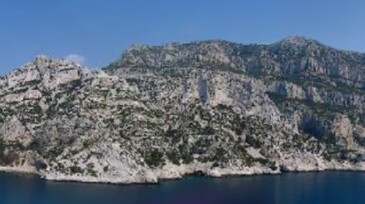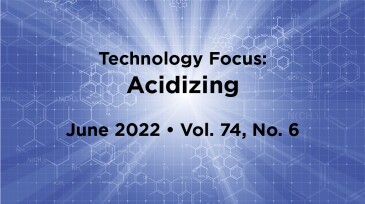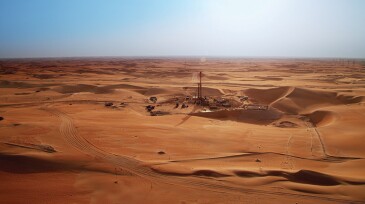carbonates
-
In this study, surfactants that can alter wettability or develop ultralow interfacial tension were identified through laboratory measurements for a target carbonate reservoir.
-
This paper describes the deployment of an ultradeep electromagnetic directional-resistivity instrument to map injection-water movement.
-
The authors of this paper describe a project that integrates carbonate stratigraphic forward models of outcropping formations and reservoir-modeling work flows.
-
To improve the productivity index of a well in a carbonate reservoir offshore Abu Dhabi, a multilateral acid-jetting technology was adopted as a more-effective alternative to typical drainage methods.
-
It is pleasantly surprising to find a revival in sandstone acidizing. For many years, sandstone acidizing was becoming almost a lost art, overshadowed by carbonate acidizing and hydraulic fracturing.
-
The authors describe a self-breaking, formation-damage-free, novel nanoparticle-based gelled-acid system to replace polymer-based gelled-acid systems.
-
The authors discuss a production strategy in which high-gas/oil-ratio crude can be injected into the upper oil reservoirs with partial pressure depletion to achieve production enhancement and synergy among reservoirs.
-
The authors describe the benefits of a single-phase retarded inorganic acid system, which they write features the same benefits as emulsified acids while eliminating the drawbacks of the latter.
-
Carbonate reservoirs require effective acid stimulation to improve well productivity. For long horizontal wells, a complicating factor has previously been the difficulty of controlling acid placement along the reservoir section. The Smart Liner concept uses a number of small holes spaced in such a way so as to distribute the acid evenly along the reservoir interval.
-
The authors describe an integrated multiscale data methodology involving machine-leaning tools applied to the Late Jurassic Upper Jubaila formation outcrop data.










